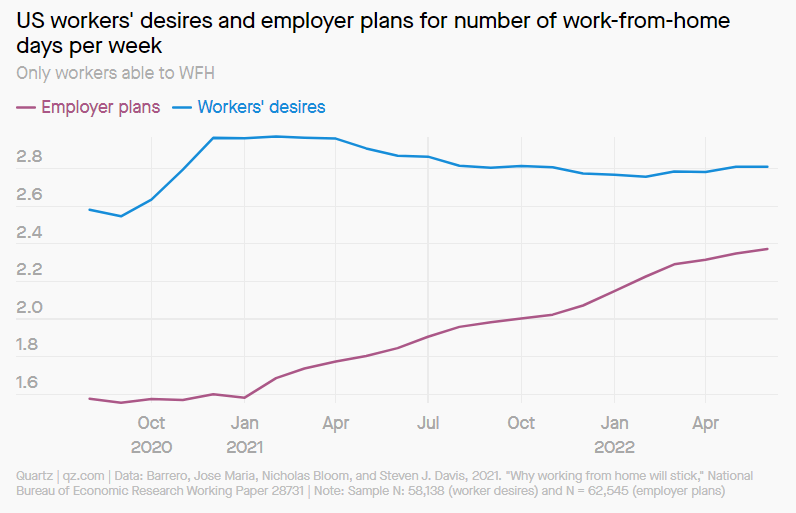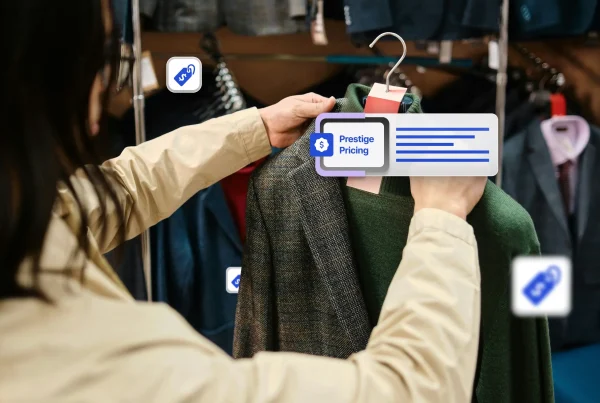 Brittany Berg
Brittany Berg
SVP, Global Pre-Sales & Product
When the world paused for the COVID-19 pandemic, retail was disproportionately impacted. Since then, consumers’ shopping patterns have changed dramatically, the supply chain issues that plagued retailers and consumers alike have only now more or less dissipated, and while onsite manufacturing and in-store operations (sales, stocking, etc.) still require a human presence, the notion of remote working has emerged, evolved, and taken hold across much of the rest of the industry.

I grew up in the retail industry at a corporate office in Florida. Back then, there were not many opportunities for advancement unless you were willing to relocate. Relatively few of us did, giving local retail employers a somewhat captive workforce.
As remote work came to the fore, the industry’s job market completely shifted. You could live in Florida and work for a retailer in Seattle. Local offices were no longer that big a thing.
Lucky for retail, the move to remote work was (and is) totally facilitated by the cutting-edge success of AI-driven retail planning systems.
AI-Based Retail Planning: Unintended Benefits
The retail inventory analyst position has long been a very hands-on, localized role, driven largely by gut and intuition and often run on archaic or ill-fitting software systems. (Side note: Inventory analysts are usually brought in as entry-level employees, which is odd to me: The inventory analyst is absolutely critical to the business, managing millions of dollars’ worth of inventory.) But as brick-and-mortar offices shut down during the pandemic, global companies with inventory analyst teams in multiple regions or countries had to rethink things. Could this function be centralized and managed offsite?
You bet. Retail planning systems driven by artificial intelligence and machine learning easily empowered brands to free their inventory analysts—and many, many other associated roles—from this handcuffing.
With forecasting and optimization, what were once manual tasks driven by local teams are now automated, low touch, exception-driven processes that increase inventory precision and maximize margins by putting the right products in the right place, understanding demand at the right time, and improving overall staff efficiencies.
Advanced statistical forecasting engines enable retailers to not only look at historical trends but to also understand the impacts of causal factors like promotions, outliers, events, and so forth; analyses that no human could do on such a large scale across locations, classifications, and SKU levels.
I recall, as a planner of women’s dresses, always having a ton of sticky notes on my computer to remind me of how to deal with these manifold scenarios, like having to plan and replan for Mother’s Day. No more.
Retail demand forecasting software enables us to accurately predict what’s ahead. Advanced AI/ML optimization ensures we account for business rules and constraints such as presentation minimums, case packs, vendor minimums, ideal weeks of supply, and so many other key performance indicators.
And we can do that from anywhere.
Take the Next Step
Evolve your retail planning processes—and work from wherever you want—with Impact Analytics InventorySmart™.





